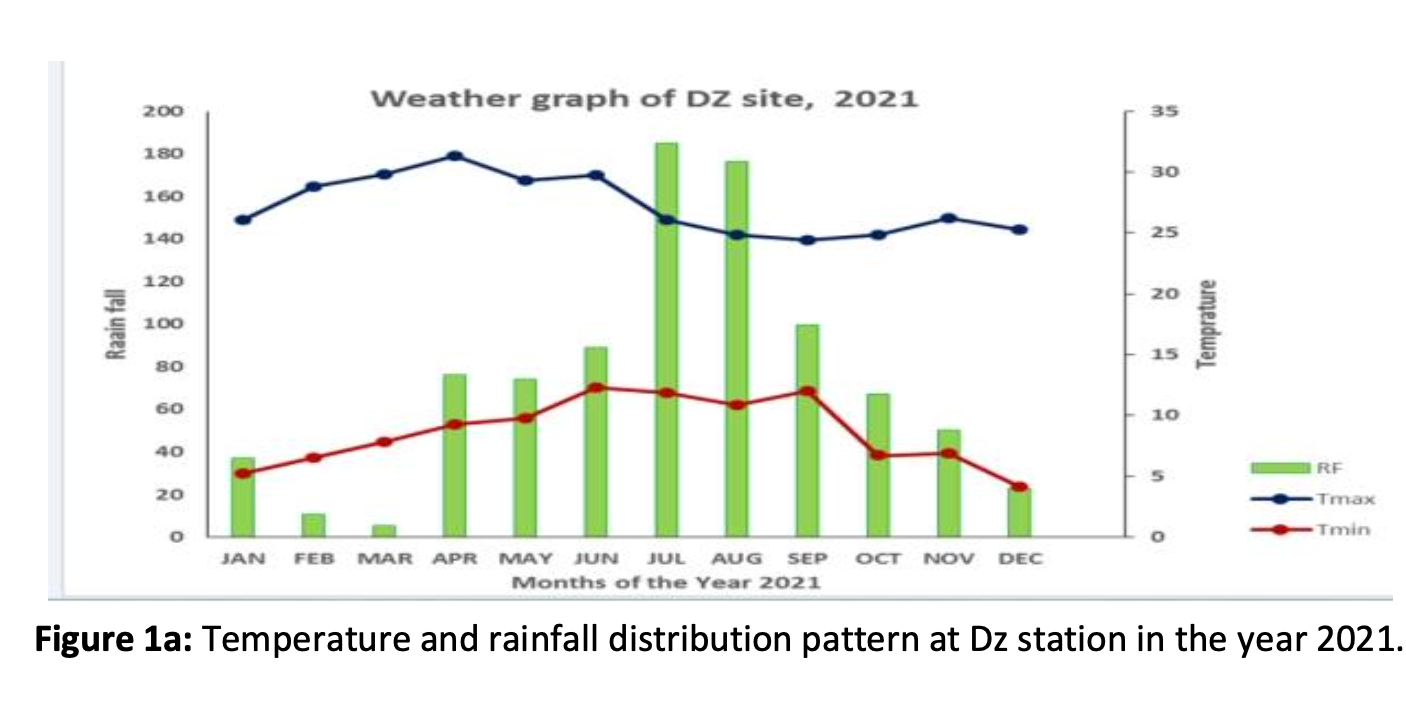
ABSTRACT: Planting time plays an important role in the growth, development, and yield of Lentil genotypes. Lentil (Lens Culinaris Medik) is a multipurpose annual legume crop grown in many environments in Ethiopia. Lentil varieties respond differently to different planting times. The availability of a significant detailed study on physiological progress on twenty lentil genotypes planted during normal (NPD) and late planting days (LPD) is comparatively low. The present study has been carried out considering the above fact. A field experiment was conducted at Dz station and Ak sub-station in 2021and/or 2022 to study the effect of two sowing times on phenology and yield of twenty lentil varieties by using a Randomized Complete Block Design (RCBD) of three replications. At Ak substation, during NPD and LPD the result shows higher biomass and seed yield than the Dz station. Ak sub-station on genotypes R186 biomass yields were 13.3 NPD and 9.7t/ha LPD. On the genotype R186, the biomass was 11.6 NPD and 6.0 t/ha LPD at Dz station. Early 50% flowering and days to maturity genotypes on Beredu exhibited maximum harvesting index at both locations. During LPD reproductive functions are markedly reduced leading to escape reproductive growth, abort, or shatter pod formation, and shortening the flowering period in all genotypes causing decreases in yield. Genetic responses with higher biomass yield and harvest index at Dz and Ak during normal planting days indicate the importance of time of planting that demonstrated the main breeding goal. The adverse effect of delayed planting time can be mitigated by forecasting optimum planting time. The study valuable for the Agricultural sector designed to minimize the gap on adaptation and yield status which were contributing to self-sufficient for stakeholders around central Ethiopia.
Keywords: Genotype, Lentil, Planting, Seasons, Sowing date, Trait
